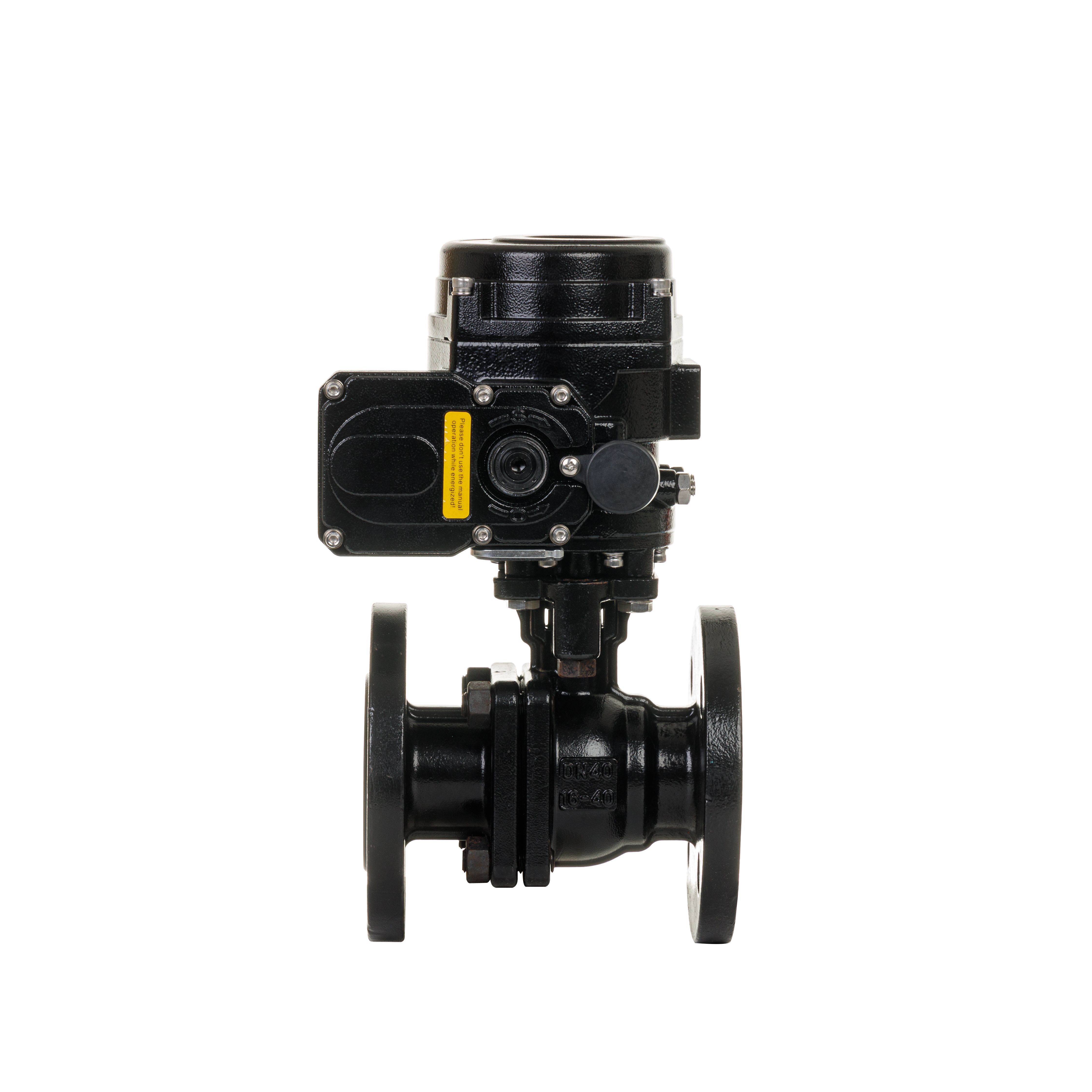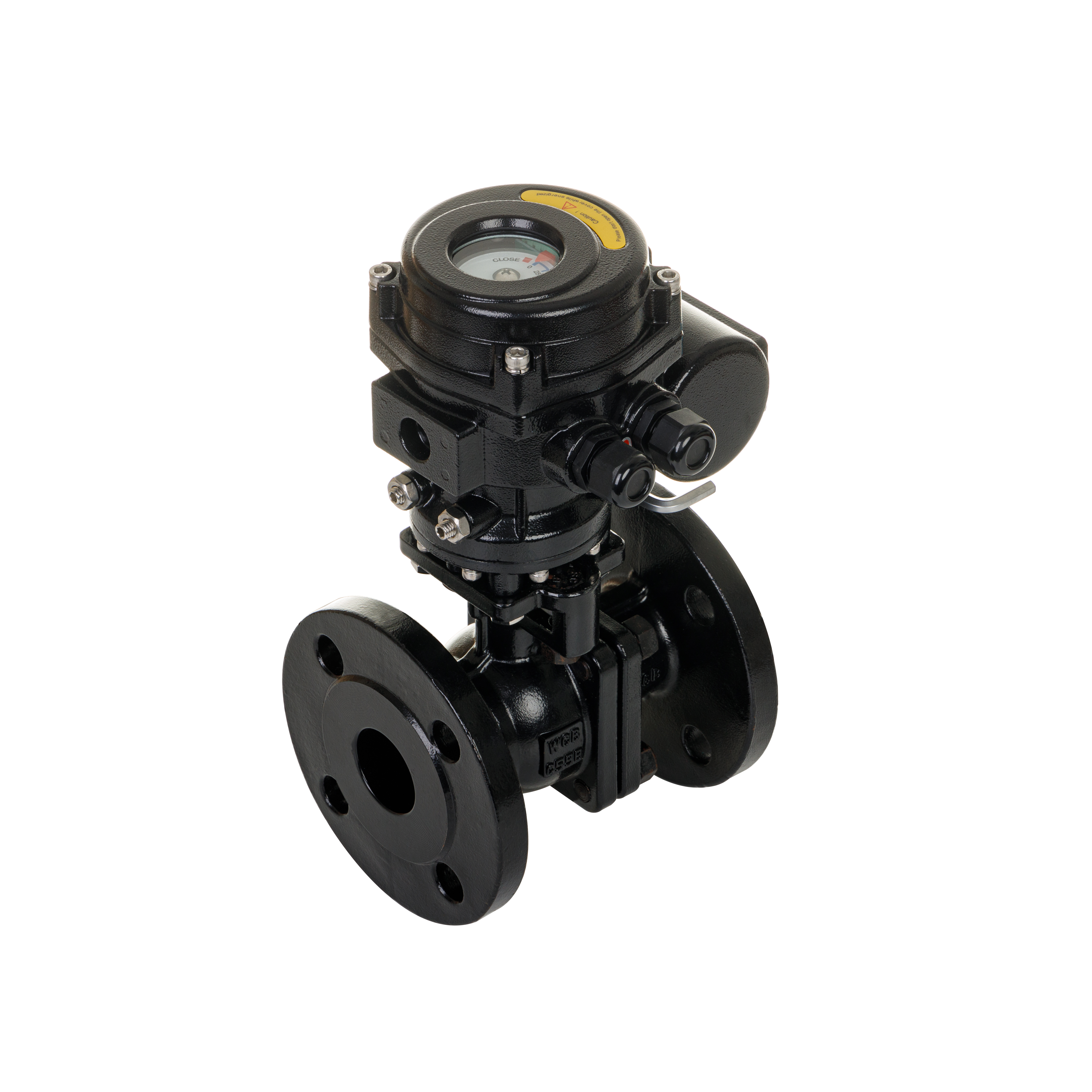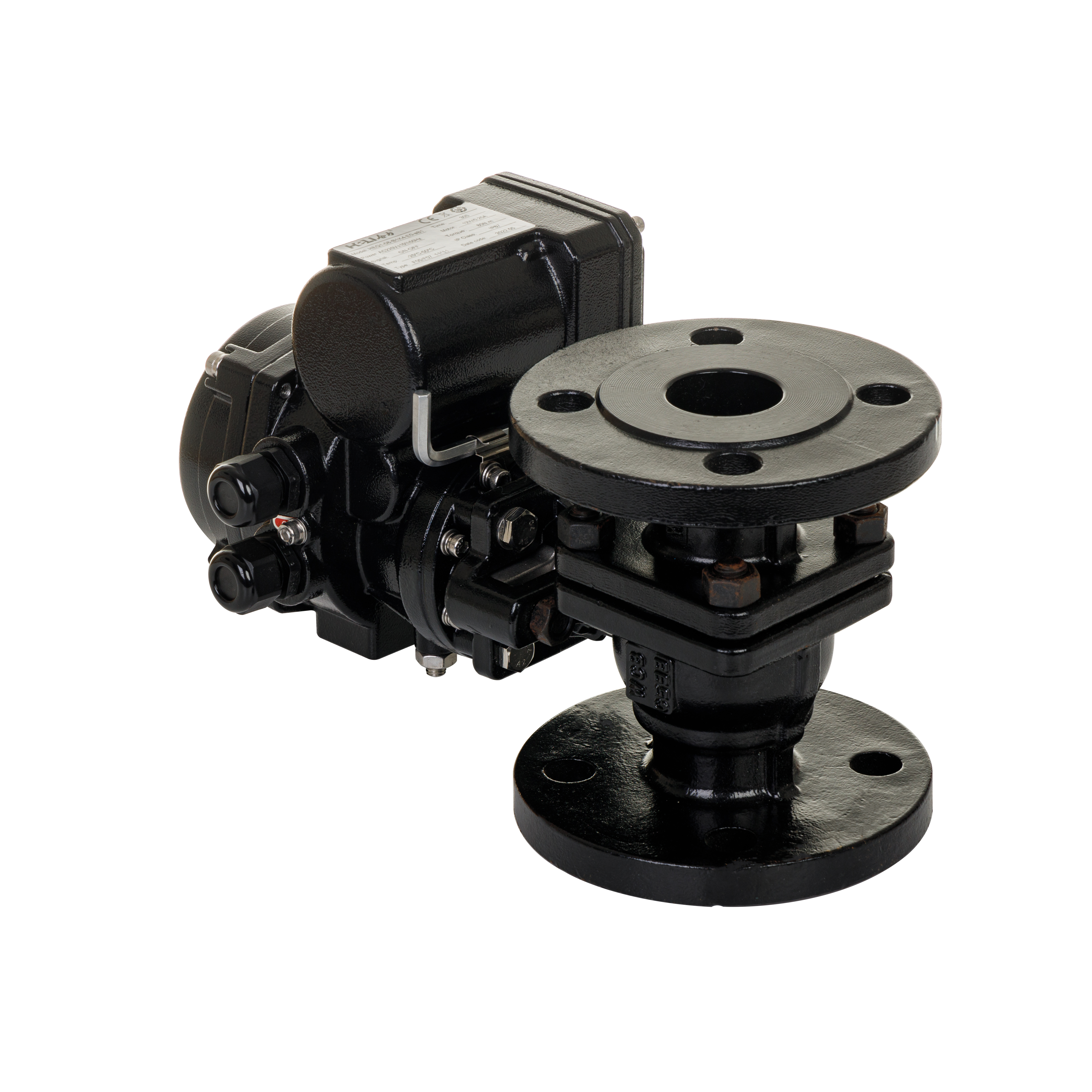
In the recent landscape of energy solutions, hydrogen energy has emerged as a prominent contender, promising a cleaner and more sustainable alternative to fossil fuels. As industries pivot towards greener technologies, the demand for efficient and reliable components becomes essential. Among these components, the hydrogen energy electric flange ball valve plays a critical role in ensuring the safety and efficacy of hydrogen transport and utilization systems.

A hydrogen energy electric flange ball valve is a type of valve that utilizes an electric actuator to control the flow of hydrogen gas. The design incorporates a ball with a hollow center, which can rotate to open or close the valve. The “flange” aspect refers to the flange connections on either end of the valve, allowing it to be securely attached to pipelines and systems. This integration of electric actuation with flange design not only streamlines installation but also enhances operational efficiency.

